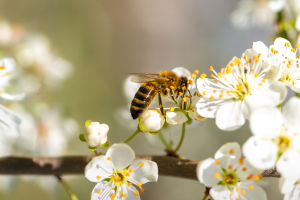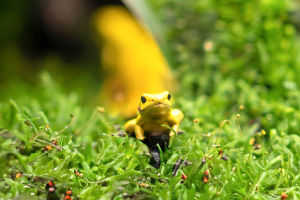Barn Owl
Have you ever paused at dusk and noticed a silent shadow gliding across the fields? That might be a Western Barn Owl, one of the most fascinating and mysterious birds of our countryside.
By understanding their looks, habits, and habitats, we can truly appreciate their secretive lives and their role in nature.
Appearance and Features
The Western Barn Owl is a medium-sized owl with a heart-shaped face and long legs, lacking the ear tufts seen in other owls. Its eyes are small and dark, almost black. Its upper body is yellow-brown with darker streaks on the wings and tail, and a soft gray "scarf" with black-edged white spots decorates its back.
The underparts vary from pure white to light brown with small black spots. Its face is bright white, with brown feathers around the eyes and beak. Young owls are fluffy and white, giving them a soft, cloud-like look. Their beaks are pale pink, legs light gray, and claws dark brown.
Sounds and Communication
Barn owls are not silent all the time. Males often emit a long, sharp scream—"chrrrrreeh"—to mark territory, especially during flight. Females make similar calls during courtship. They hiss at intruders, while chicks and females snore at night, sometimes for hours. Parents feeding their chicks make metallic clicking sounds, and urgent calls indicate aggression or warning. Chicks also chirp softly when uneasy. By listening carefully, we can actually follow their nightly conversations.
Distribution and Habitat
We can find Western Barn Owls across Europe, the Canary Islands, Madeira, parts of Asia from Anatolia to Central Asia and Indonesia, and in Africa including Madagascar and the Comoros. They prefer temperate or warm climates and avoid extreme cold.
In Europe, they favor open fields, meadows, lightly wooded hills, and farmlands near villages.
They often nest in barns, lofts, or towers during the day. Outside Europe, they occupy open forests, rocky cliffs, and human settlements, but avoid dense forests and deserts.
Migration and Movement
Most mature barn owls are residents, but some migrate when food is scarce. In Europe, they typically move southwest, covering up to 500 km from breeding sites. Young owls disperse in autumn and may travel up to 1,625 km before settling. Severe winters can be deadly for non-migrating owls, especially if snow covers the ground for long periods.
Behavior and Hunting
Barn owls are mostly solitary or paired. While nocturnal, we sometimes spot them at dusk or dawn. Their flight is silent and smooth, gliding effortlessly over fields. They hunt small mammals like mice, rats, voles, and shrews, along with birds, bats, and occasionally reptiles or large insects.
Prey usually weighs 5–30 grams, but they can carry animals up to 200 grams. Owls locate prey by sound, swoop down, and grab it with strong talons. Larger prey is eaten in pieces, while bones, feathers, and fur are regurgitated as shiny black pellets.
Reproduction and Family Life
Western Barn Owls usually mate for life, though exceptions exist. Males circle near the nest and call loudly during breeding season. They nest in barns, towers, hollow trees, or rock crevices. Clutches contain 4–7 eggs, laid every two days, with up to 15 in food-rich years.
Females incubate while males provide food. Chicks hatch every two days and gradually receive food. By 5–6 weeks, they can swallow whole prey. At around 60 days, they leave the nest and become independent by three months. Barn owls usually breed once a year, sometimes twice or three times in plentiful years. They may live up to 21 years.
Conservation and Protection
In Europe, barn owls are common, but populations fluctuate depending on food availability. Harsh winters can cause mass starvation since these owls store little body reserve. Modern buildings and agriculture reduce nesting options, but placing nest boxes in barns or towers can help. They are also affected by pesticides and traffic accidents, especially during winter hunting. By protecting nesting sites and hunting areas, we can ensure these silent hunters remain part of our rural landscapes.
Why We Love Barn Owls
Lykkers, by observing barn owls, we can enjoy their silent elegance, skilled hunting, and caring family life. Simple efforts like installing nest boxes or respecting open fields allow us to coexist with these mysterious birds and witness their nightly flights for generations to come.
Copyright © zogu 2021 - 2025. All Right Reserved.


